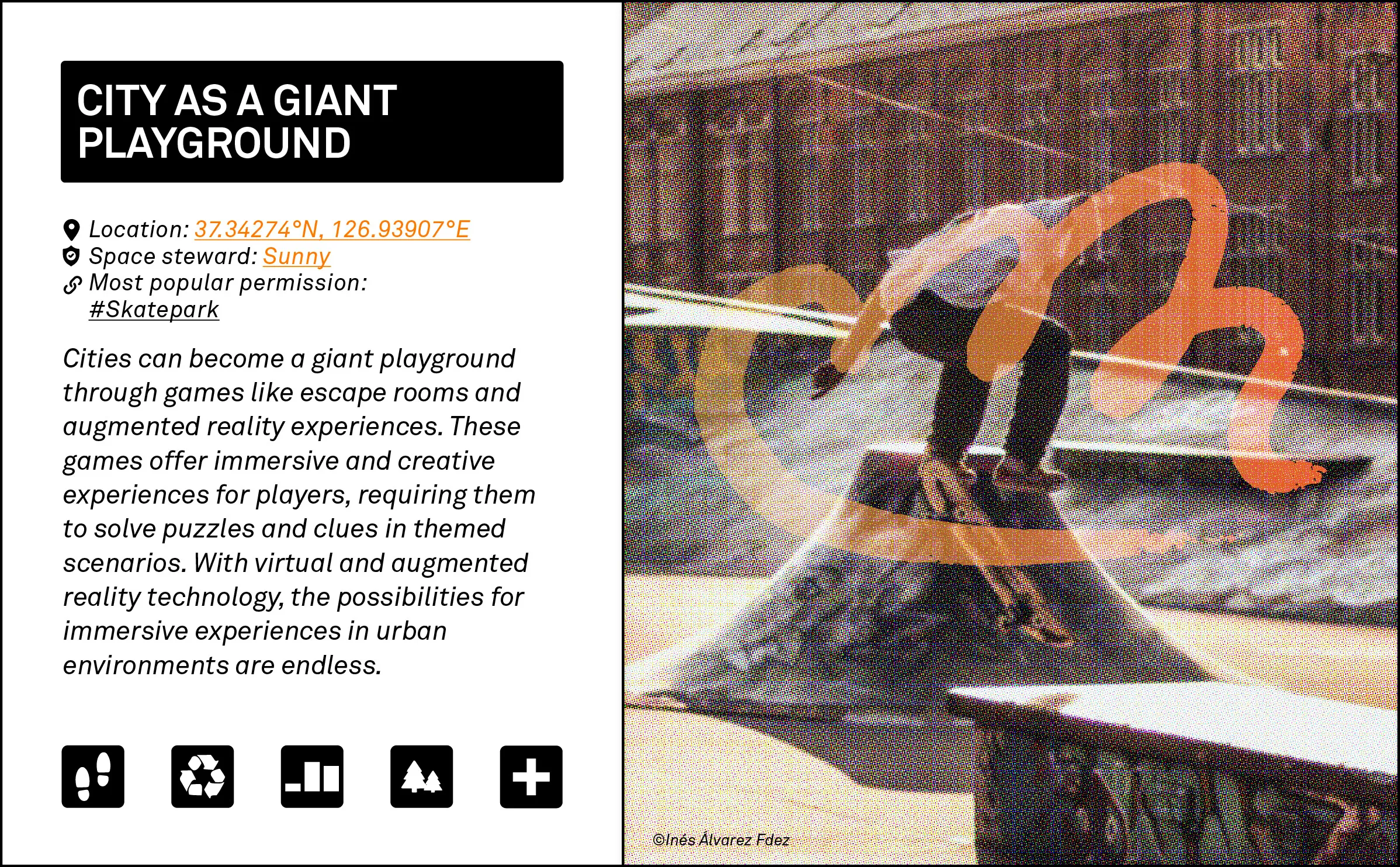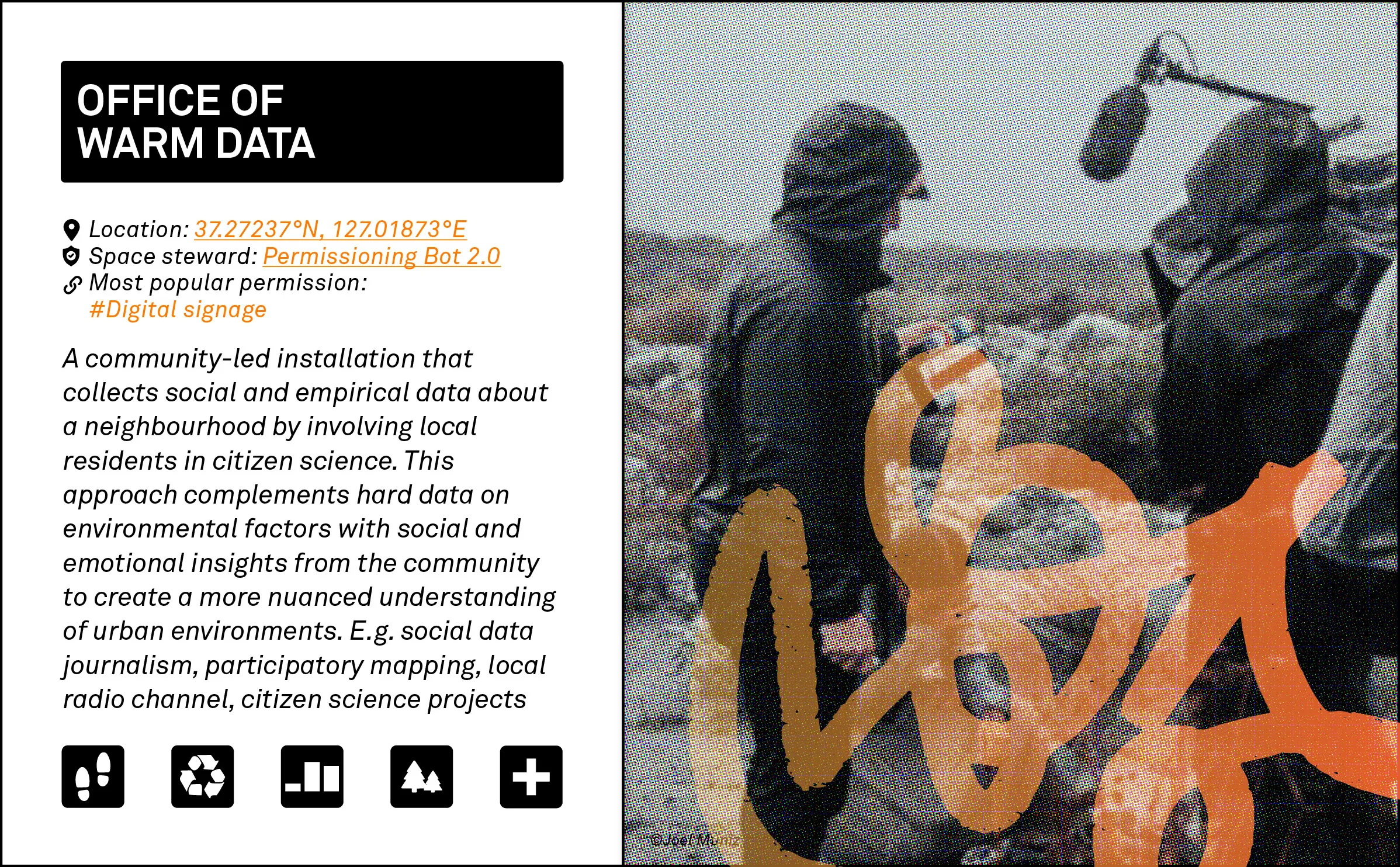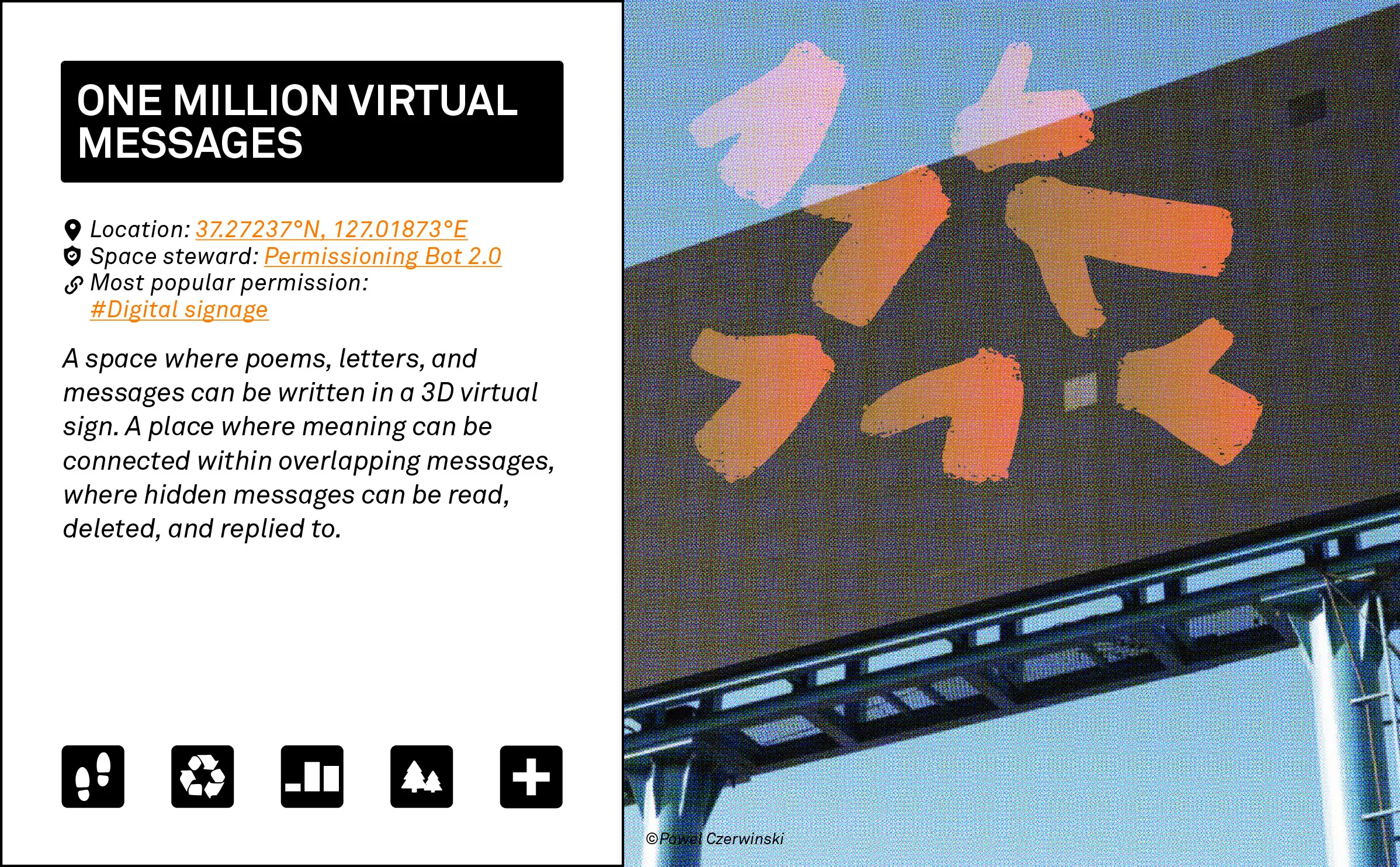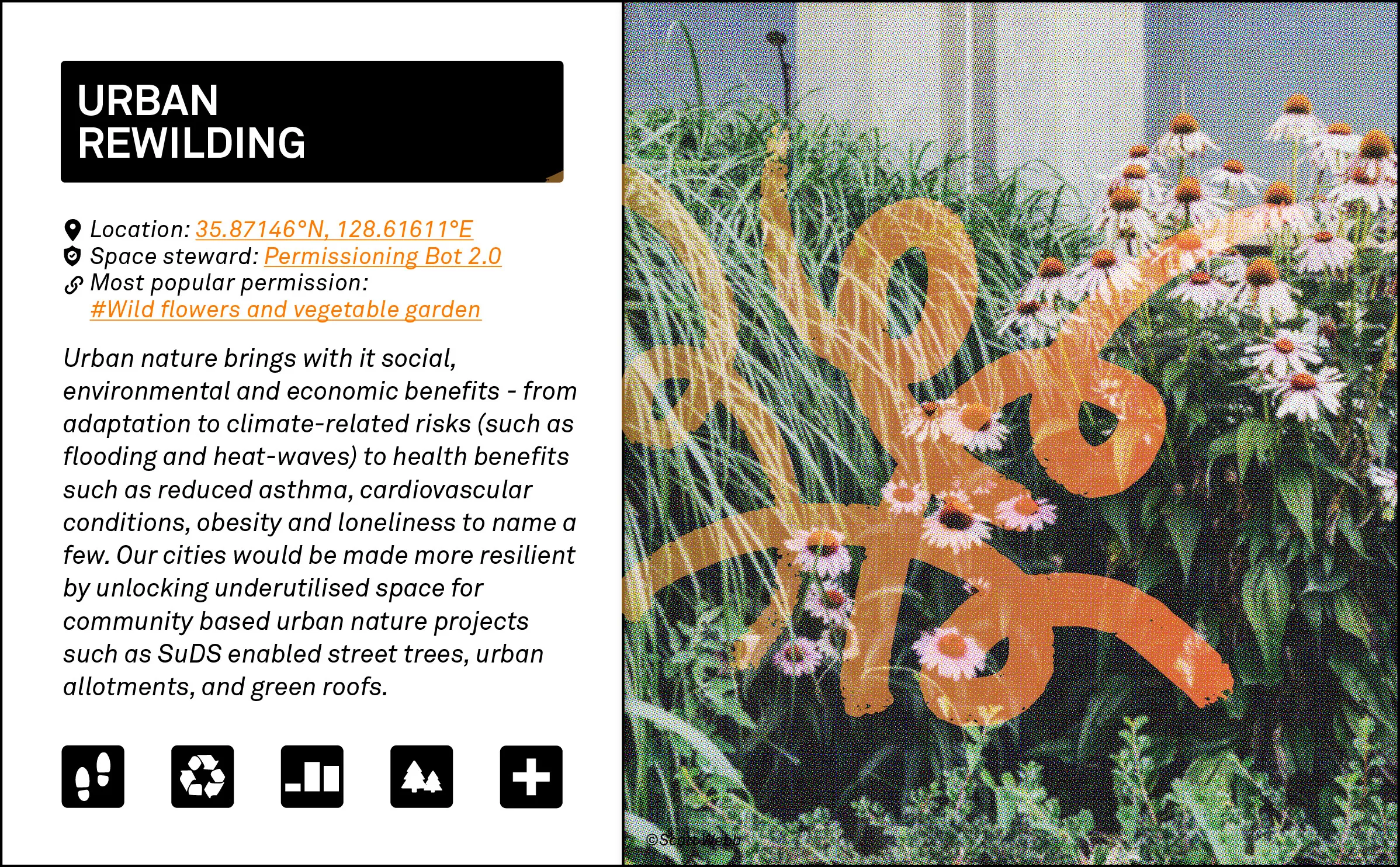Cities that use tech to measure their performance, but make that data serve an "emergent civic economy", from Dark Matter Labs







The vibey collection of imagined city spaces and initiatives above are the end-point of the latest big paper from the radical urbanists Dark Matter Labs. It’s titled Re:Permissioning the City — unlocking cities’ growing underutilised spatial assets for an emergent civic economy.
It repays a deep dive. But in essence, DMLabs are trying to combine two concepts - that of the participatory city and the “smart” city. The city where its denizens are actively interested and formally empowered to shape their circumstances. But also a city that is “instrumented” technologically, with this data ending up in the hands of citizens and planners, both able to make new initiatives possible.
What would it look like to bring these cities together? DMLabs suggest there are three kinds of city governance, one following the other. Rules-based governance is the traditional exercise of power from the city elders - what we say go. The second form is “parametrics-driven”: a city full of sensors and measuring devices - energy, environmental, footfall - has a highly-robust sense of what it can and can’t make possible.
The third form is a ‘protocols-driven’ model. As they put it, “here, a set of rules — “protocols” — are defined and iterated in a distributed way by multiple stakeholders, including human and more-than-human agents.” They continue:
Underpinning this, an expansive tech stack, which includes data registries that document and validate various identities, rights, and provenance, allows us to compute the interdependencies of each agent — be it a human, a stray cat, or a window in a building. Protocols do not function to control or limit the agents but serve to discover optimal conditions of mutual benefit.
A key question in this experiment is how the system can enable a different kind of relationship between spaces and the people using them. Beyond ownership and rental agreements, beyond the capitalist logic of perceiving space as real estate assets holding speculative market value — can we foster reciprocal, stewardship-based agreements and see space as a foundational ‘civic’ asset with the potential to produce positive civic outcomes?
Well, can they? This sophisticated structure is meant to allow a “permissions” system. This is a mutual loop, where the urban spaces that any city owns are made massively more available to enterprising citizens, but isn’t (say) a gentrifying free-for-all. There’s a rich culture of “ways of doing” being evolved here, deeply informed by sustainability and equity—and enriched by AI and computation, not sidelined by it.
They’re working with the South Korean city of Daegu, which has some buildings with a historic connection to the city’s cultural and creative history. There’s also an interesting line in the essay from some of their previous work, where they sought to make a not-for-profit ‘Airbnb-like platform’ for publicly owned space in Helsinki - an idea which helps you get your head around their project. We also like their closing self-questions - some of which, involving the consent to a level of omnivaillence, are also ours:
Many areas still require further thinking and development, for instance, defining the boundaries and units of spatial permission — should it be by square metres, or rooms, buildings, or virtual boundaries drawn with geofencing technology? How do we deal with data governance and privacy if we install sensors in spaces and use digital platforms to generate analytics about a space? How can we operationalise and enable self-compliance, deliberation and conflict resolution?
We are also actively exploring ways to ensure that protocols for a self-governing space can reflect the diverse interests of more-than-human agents, such as bees, cats, plants, microbiomes and of course, the space itself. Learning from past experiments in temporary/meanwhile use and tactical urbanism, we also acknowledge the importance of designing for long-term viability, so developing new kinds of civic business models and incentive structures will be a critical area that needs more work.
We’ll close with some of the DMLabs’ traditional system graphics, which combine meticulous artistry with the flow of actions in a project. Gazing upon them does seem to make things possible…

